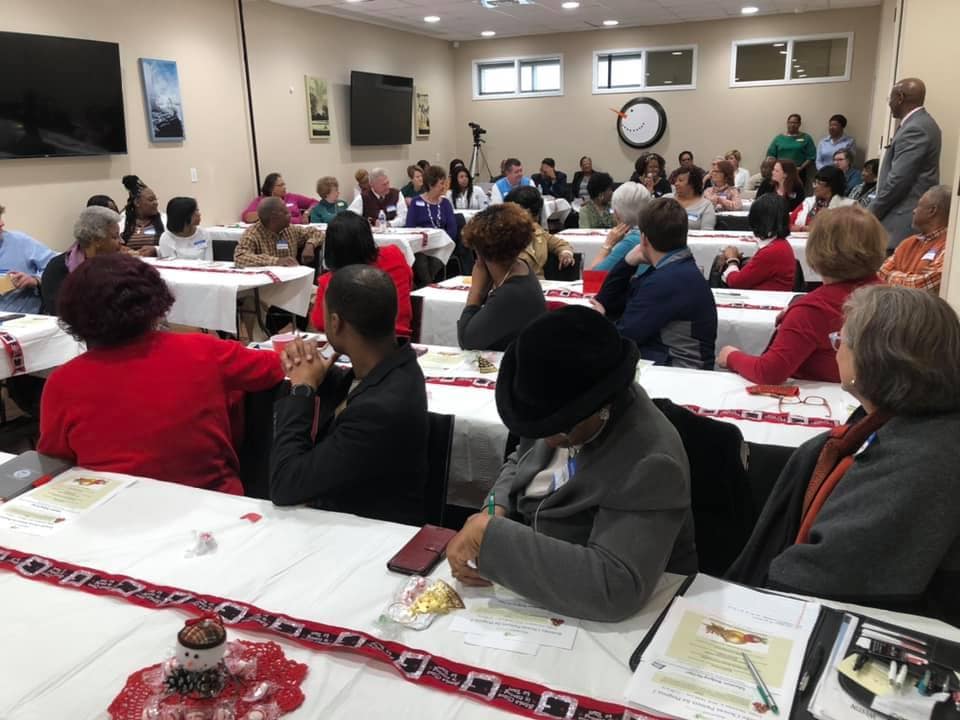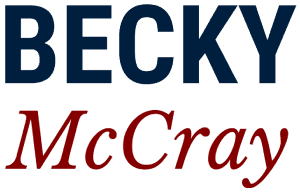How do you keep collaborations from fizzling out?
Today, you get a sneak preview of my upcoming book on the Idea Friendly Method. I’ve heard a lot from people all over struggling to create collaborations, and this story provides some practical insights in making collaboration last.
In the late 1990s, Curtis Wynn stepped into the role of CEO at Roanoke Electric Cooperative in North Carolina. The region his co-op served was facing big challenges, what he called “probably one of the most economically distressed regions in this nation.”
Poverty ran at 23%, compared to the national average of 14%. Unemployment was high, and per capita income was just $20,800 when the national average was closer to $32,000.
“These circumstances did not happen overnight,” Curtis said, “and we know that they’re not going to be fixed overnight.”
He saw the cooperative not just as a utility, but as a catalyst. They could spark a movement to help improve the quality of life in the region. A newly announced federal program called Empowerment Zones offered a possible path: tax credits, incentives, and grants totaling up to $40 million.
To go after it, Curtis brought together everyday folks and community leaders from four counties: grassroots organizations, nonprofits, local governments, and community-based groups. The application process was complex, so they started meeting regularly, gathering in one room to work through it together.
They focused their efforts around four shared concerns: healthcare, education, financial literacy, and economic development. Those broad topics helped direct the conversation enough that the group didn’t have to solve everything at once.
And they did something smart that more rural groups should do: they made time at every single meeting for a fellowship meal and informal time for casual talk.
People have to connect as people before they can collaborate.

“You’ll find two community organizations just a few miles apart going after some of the same ideas,” Curtis said. “But getting everybody in the same room has really meant a lot in terms of bringing these ideas together.”
After nearly a year of working together, they submitted their application.
They didn’t get the grant.
But that wasn’t the end.
“After receiving the bad news,” Curtis said, “every stakeholder around the table agreed that the process we used to get that application together was more important and more valuable than the funds would have been.”
Some meetings had low turnout. They kept going.
Pandemic meant they couldn’t meet in person. They kept going online.
And more than 20 years later, they’re still working together.
This collaboration has since brought in far more money and opportunity than that single program ever could have.
“The programmatic piece of those meetings was always very informative,” Curtis told me, “but when you get folks sitting next to each other over a meal, as we all can appreciate, that is when you start seeing the ideas. I like to call this convening the Idea Factory.”
When you build a robust network for a larger purpose, it doesn’t have to fizzle out if you miss one goal.
